Transforming the look of your car’s brake calipers can inject a dose of personality into its overall appeal. But before diving into the vibrant world of custom colors, you’re probably wondering about the cost. From budget-friendly options to premium paint jobs, discover the price range that can make your wheels pop.
How Much Does It Cost to Paint Brake Calipers?
When opting for professional services, painting your brake calipers in 2022 can set you back anywhere from $250 to $550+.
However, if you’re a DIY enthusiast, you can achieve the same stylish outcome for a mere $50. Now, if you have your sights set on powder coating, be prepared to shell out a heftier sum of $800 to $900.
This means you’ll be paying around $200 to $225 for each brake caliper in recent times. Keep in mind that completing this task requires a time investment of 6 to 7 hours. Typically, a brake job takes between 2 to 4 hours of labor, and depending on the complexity, hourly labor charges can range from $40 to $160.
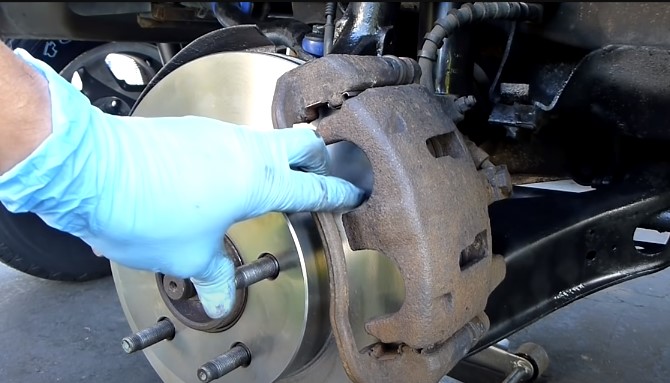
What Are the Cost Factors of Painting a Brake Caliper?
When considering the cost of painting a brake caliper, it’s essential to take various factors into account. Understanding these cost factors is crucial for making informed decisions and achieving the desired aesthetic transformation without breaking the bank.
Condition of the Brake Caliper
The condition of the brake caliper is a significant cost factor when it comes to painting. If the caliper is in good condition, with minimal rust or damage, it may require less preparation work, resulting in lower labor costs.
However, if the caliper is heavily corroded or damaged, it will require additional steps such as sanding, grinding, or even replacement, which can significantly increase the overall cost.
In some cases, a thorough cleaning and restoration process may be necessary to ensure a smooth surface for the paint to adhere to properly. Additionally, if there are any mechanical issues with the caliper that need to be addressed, such as seized pistons or leaky seals, it will require extra time and expenses for repairs.
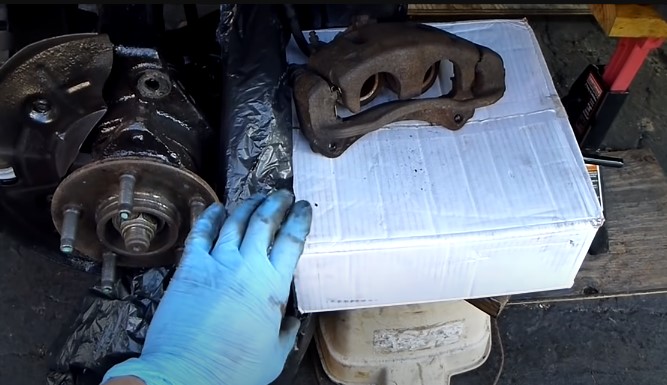
Labor
Labor is a significant cost factor when it comes to painting a brake caliper. The amount of time and effort required to properly prepare, paint, and finish the caliper can vary depending on the complexity of the job and the expertise of the person performing the task.
If you decide to take your vehicle to a professional, their hourly labor rate will factor into the overall cost. Highly skilled professionals may charge higher rates but can deliver exceptional results. DIY enthusiasts can save money by doing the job themselves, but it’s important to consider the time commitment and skill level required.
Painting a brake caliper involves meticulous cleaning, masking, applying multiple coats of paint, and ensuring a smooth, durable finish. Underestimating the labor involved can lead to subpar results.
Type of Vehicle
The type of vehicle is an important cost factor when considering the painting of a brake caliper. Different types of vehicles have varying complexities in their brake caliper designs, which can impact the amount of time and effort required for the painting process.
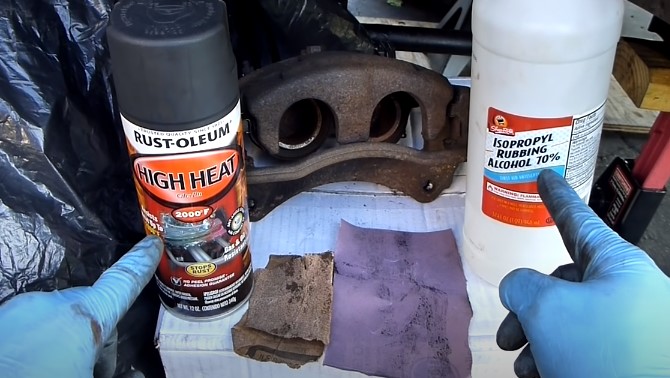
For instance, sports cars or vehicles with intricate brake systems may have more intricate caliper designs with additional components, requiring more time for disassembly and reassembly. This increased complexity can result in higher labor costs.
Additionally, larger vehicles such as trucks or SUVs may have larger brake calipers, which would require more paint material to cover adequately. The size and design of the calipers can also affect the accessibility and ease of painting, potentially impacting the overall cost.
Location
Location is a crucial cost factor when it comes to painting a brake caliper. The cost of living and labor rates can vary significantly between different regions or even within a single country. Urban areas or regions with higher economic prosperity often have higher service costs, including automotive services like painting brake calipers.
Additionally, certain locations may have a higher concentration of skilled professionals who specialize in automotive customization, leading to increased demand and potentially higher prices. Conversely, in less populated or economically disadvantaged areas, the cost of painting a brake caliper may be relatively lower.
It’s important to consider the location factor when budgeting for this service, as it can have a notable impact on the overall cost of the project. It’s advisable to research local prices and compare quotes from different providers to ensure a fair and competitive rate for painting your brake calipers.
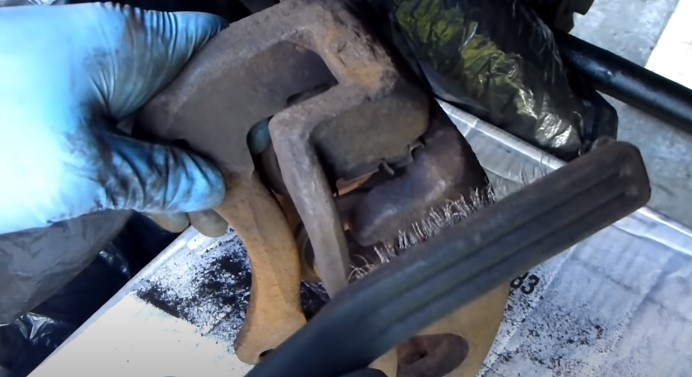
Customization
Customization is a key cost factor when it comes to painting a brake caliper. The extent of customization desired by the vehicle owner plays a significant role in determining the overall cost. Basic customization, such as choosing a single color for the caliper, is generally more affordable.
However, if you opt for more intricate designs, patterns, or multiple colors, the cost will likely increase. Complex designs require additional time and precision during the painting process, leading to higher labor charges.
Furthermore, specialized techniques like airbrushing or adding custom logos or decals may involve extra materials and expertise, contributing to the overall cost.
The level of customization ultimately depends on individual preferences, and while it adds a unique touch to the brake caliper, it should be considered when budgeting for the project.
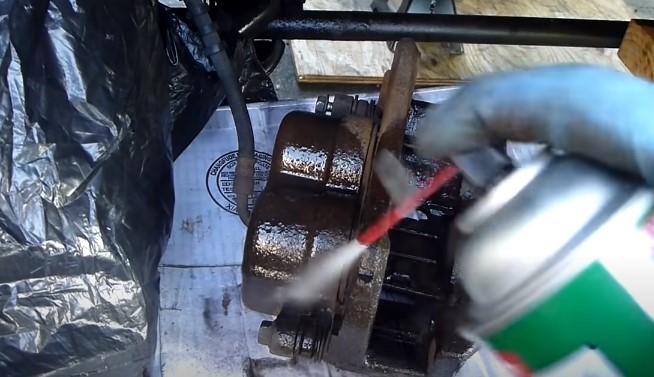
Time
Time is a significant cost factor when it comes to painting a brake caliper. The amount of time required to complete the painting process directly affects the overall cost. If you choose to have a professional perform the job, they will charge based on the number of hours spent on the project.
Complex designs or extensive customization may require more time, resulting in higher labor costs. On the other hand, if you decide to take on the task yourself, you need to consider the time commitment required to properly prepare the caliper, apply multiple coats of paint, and ensure a flawless finish.
Rushing the process can lead to subpar results, so investing adequate time is essential for a professional-looking outcome. It’s crucial to assess your availability and schedule when factoring in the cost of painting a brake caliper, as the time invested directly impacts the final price.
How to Save Money When Painting Brake Calipers?
If you’re looking to save money when painting brake calipers, there are several strategies you can consider. By being mindful of cost-saving measures and making smart choices, you can achieve a stylish brake caliper transformation without breaking the bank.
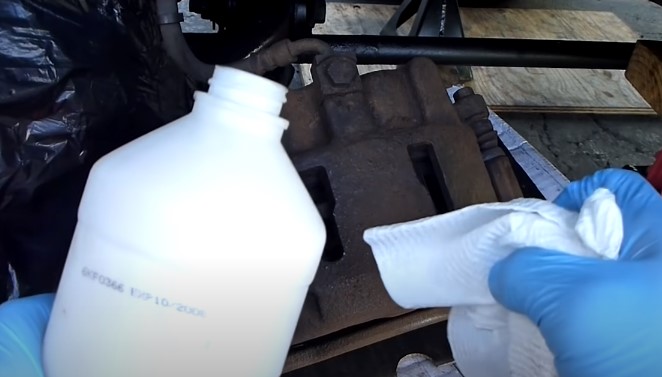
DIY Approach
One of the most effective ways to save money is by painting the brake calipers yourself. This eliminates the labor cost associated with hiring a professional. With proper research and preparation, you can achieve satisfactory results.
However, ensure you have the necessary tools, materials, and knowledge to undertake the task safely and effectively.
Choose Affordable Materials
Opt for cost-effective paint and supplies without compromising on quality. Look for durable, heat-resistant caliper paint available at affordable prices. Consider purchasing painting kits that include all the necessary items, such as brushes, sandpaper, and masking materials, as they often offer better value than buying individual components.
Shop Around for Supplies
Take the time to compare prices from different automotive supply stores or online retailers. Look for discounts, sales, or promotions that can help you save on paint and other necessary materials.
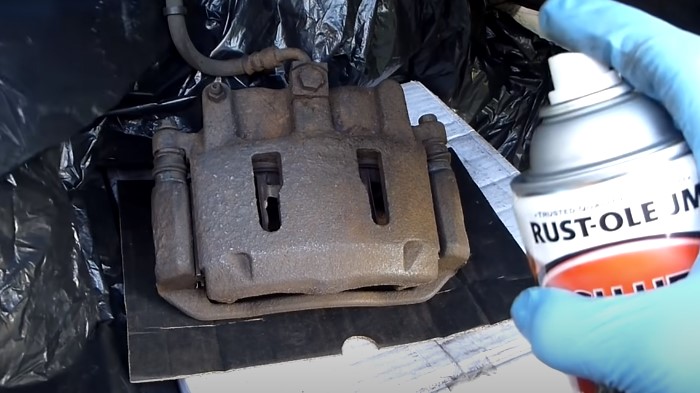
Don’t hesitate to ask for recommendations from fellow car enthusiasts or join online forums and communities where you can find cost-effective solutions.
Basic Color Selection
Choosing a single color for your brake calipers is usually more cost-effective than opting for complex designs or multiple colors. Solid colors [1] are often less expensive and require less time and effort to achieve a clean finish.
If you’re looking to add a touch of customization, consider using decals or stickers instead of intricate paintwork.
Proper Prep Work
Spend ample time prepping the brake calipers before painting. Thoroughly clean the surface, remove any rust or debris, and ensure the calipers are dry and free from oil or grease. Proper preparation will result in better paint adhesion and longevity, reducing the chances of costly touch-ups or repainting in the future.
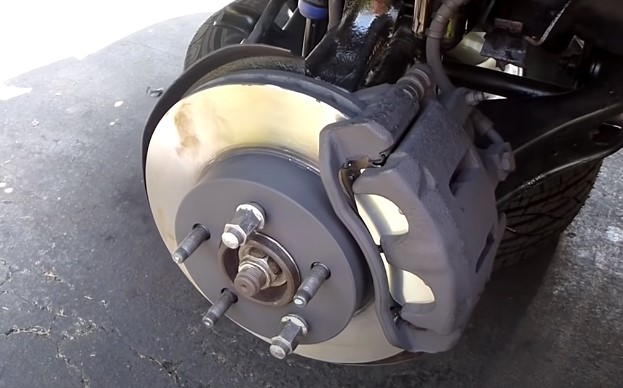
Efficient Use of Paint
Apply the paint in thin, even coats to achieve the desired color intensity. Avoid excessive layering, as it can lead to paint runs and waste products. By using paint sparingly and efficiently, you can save money and reduce the chances of having to purchase additional supplies.
Grouping Multiple Projects
If you have multiple vehicles or know others interested in painting their brake calipers, consider doing the job together. By grouping projects, you can share resources, split the cost of materials, and potentially negotiate a discount with a professional if you choose to hire one.
Is It Worth It to Paint the Brake Caliper?
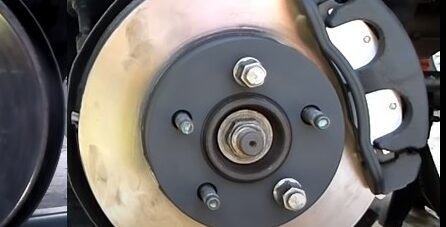
Painting the brake calipers can be worth it for many car enthusiasts who want to enhance the visual appeal of their vehicles. It allows for personalization, adds a touch of style, and can make your wheels stand out. However, it’s important to consider the cost, time investment, and skill required.
Conclusion
The cost of painting brake calipers can vary depending on factors such as location, paint quality, complexity, and whether you choose professional services or a DIY approach.
Research and careful consideration can help you find an option that fits your budget while achieving the desired visual transformation.

